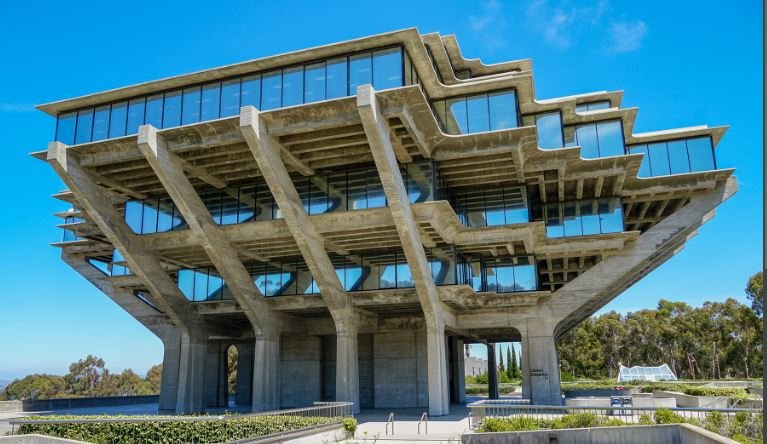Reevaluating a Controversial Architectural Style
Controversial architectural styles often spark heated debates among professionals and the public. Despite initial resistance, these styles frequently influence future design trends, leaving lasting impacts on the architectural landscape. Reevaluating these styles allows us to understand their contributions and reassess their place in modern design.

Brutalism: Bold and Uncompromising
Brutalism, with its raw concrete and stark geometric forms, often faces criticism for its harsh aesthetic. However, this style emphasizes functionality and honesty in materials. Brutalist buildings, such as Boston’s City Hall and London’s Barbican Estate, challenge traditional notions of beauty, prioritizing structural integrity and utilitarian design. Revisiting Brutalism reveals its role in promoting sustainability through durable, low-maintenance materials.
Postmodernism: Playful and Eccentric
Postmodern architecture emerged as a reaction against the rigid formalism of Modernism. Known for its eclectic mix of historical references and vibrant colors, Postmodernism often faced backlash for perceived frivolity. Iconic examples include the Piazza d’Italia in New Orleans and the Portland Building in Oregon. Reevaluating Postmodernism highlights its contributions to architectural diversity and its celebration of creativity and whimsy.
Deconstructivism: Fragmented and Dynamic
Deconstructivism, characterized by fragmented forms and unconventional angles, challenges traditional architectural norms. Critics argue that its chaotic aesthetics can be disorienting. Notable examples include Frank Gehry’s Guggenheim Museum in Bilbao and Daniel Libeskind’s Jewish Museum in Berlin. This style encourages architects to explore new structural possibilities and rethink spatial relationships, pushing the boundaries of design innovation.
Neo-Futurism: Technological and Visionary
Neo-Futurism embraces advanced technology and futuristic aesthetics, often seen as impractical or overly ambitious. Buildings like Zaha Hadid’s Heydar Aliyev Center in Azerbaijan and Santiago Calatrava’s Turning Torso in Sweden exemplify this style. Reevaluating Neo-Futurism reveals its role in inspiring technological integration and sustainable design, creating buildings that are both visionary and functional.
Expressionism: Emotional and Organic
Expressionist architecture focuses on emotional impact and organic forms, often criticized for being too subjective. The Sydney Opera House by Jørn Utzon and the TWA Flight Center by Eero Saarinen exemplify this style. Reevaluating Expressionism underscores its ability to evoke strong emotional responses and create iconic landmarks that resonate with people on a deeper level.
Minimalism: Simple and Essential
Minimalism, with its focus on simplicity and essential forms, can be seen as cold or impersonal. However, this style prioritizes clarity and functionality, stripping away unnecessary elements. The Farnsworth House by Ludwig Mies van der Rohe and John Pawson’s Calvin Klein Collection Store in New York demonstrate the elegance and purity of Minimalism. Reevaluating this style reveals its enduring appeal and its influence on contemporary design aesthetics.
Conclusion
Reevaluating controversial architectural styles like Brutalism, Postmodernism, Deconstructivism, Neo-Futurism, Expressionism, and Minimalism allows us to appreciate their contributions to the architectural dialogue. Each style, despite its initial criticism, has pushed the boundaries of design, encouraging innovation and challenging conventional aesthetics. By understanding these styles in a modern context, we can recognize their lasting impact on the architectural landscape.



